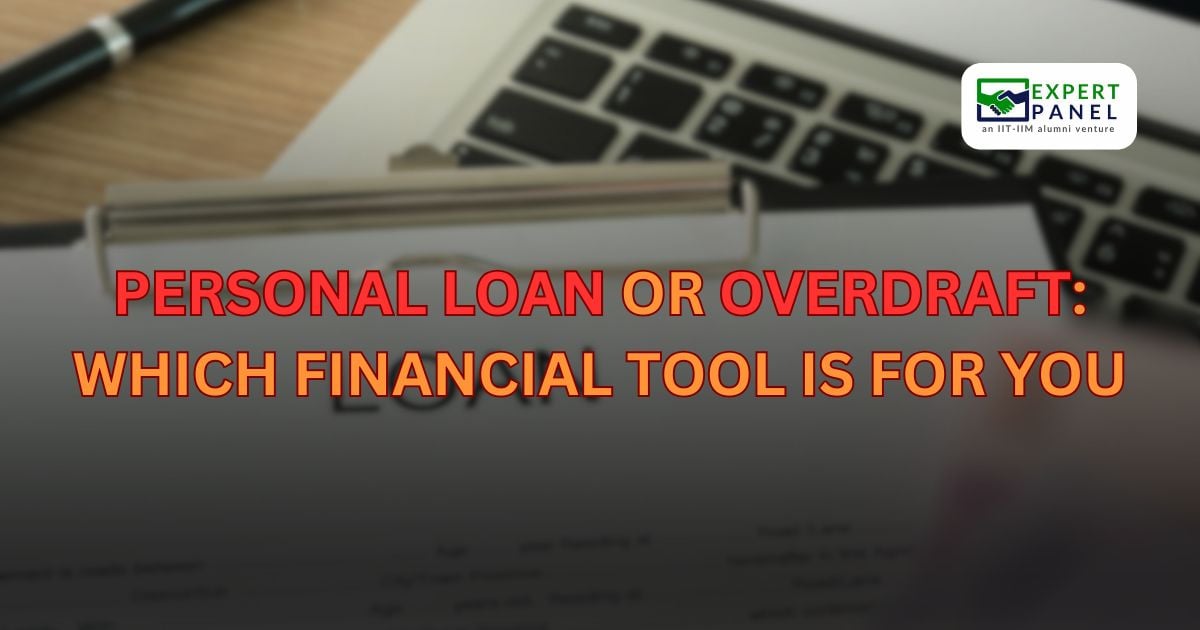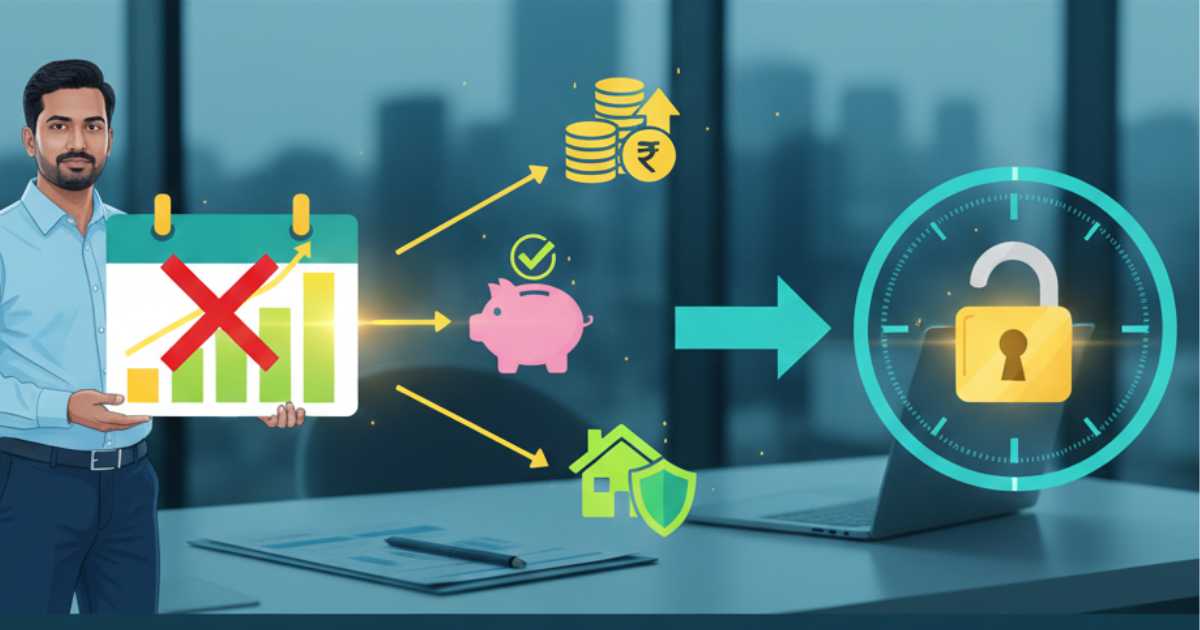· Loan Resolution · 5 min read
PERSONAL LOAN OR OVERDRAFT: WHICH FINANCIAL TOOL IS RIGHT FOR YOU?
Choosing between a personal loan and an overdraft can be challenging. Discover which financial tool suits your needs based on flexibility, interest rates, and goals.

In today’s fast-paced world, managing our money can sometimes feel like a juggling act. We often find ourselves needing extra cash, whether it’s for a big purchase, an unexpected expense, or just to smooth out our monthly budget. That’s where personal loans and overdraft facilities come in. But which one should you choose? This isn’t just a question for financial experts – it’s something that affects many of us in our day-to-day lives. Let’s break it down and figure out which option might work best for you.
What Exactly is a Personal Loan?
Think of a personal loan as borrowing a set amount of money that you pay back over time. It’s like making a deal with the bank: they give you a lump sum, and you promise to pay it back in regular installments, usually with interest. But what makes it different from other types of loans?
Personal loans often come with fixed interest rates, meaning you know exactly how much you’ll need to pay each month. This can be great for budgeting and planning ahead. They’re also typically used for specific purposes – maybe you’re renovating your home, consolidating debt, or paying for a big event like a wedding.
How Does an Overdraft Facility Work?
Now, let’s talk about overdraft facilities. Imagine your bank account has a safety net. That’s basically what an overdraft is. It allows you to spend more money than you actually have in your account, up to a certain limit. It’s like having a backup plan for when your account balance gets low.
Overdrafts are usually linked to your checking account, and you only pay interest on the amount you use. They’re designed for short-term borrowing and can be a handy tool for covering unexpected expenses or managing cash flow.
Which Option is Better for Long-term Financial Planning?
When it comes to planning for the future, personal loans often have an edge. Why? Because they come with a clear repayment schedule. You know exactly how much you need to pay each month and when you’ll be debt-free. This predictability can be a big help in managing your long-term finances.
On the other side, overdrafts don’t have a set repayment schedule. While this flexibility can be useful, it might also make it tempting to keep borrowing, potentially leading to a cycle of debt if not managed carefully.
How Do These Options Affect Your Credit Score?
Your credit score is like your financial report card, and both personal loans and overdrafts can impact it. Consistently making on-time payments for a personal loan can actually help boost your credit score. It shows lenders that you’re reliable when it comes to paying back what you borrow.
Overdrafts, however, can be a bit trickier. If you frequently max out your overdraft or struggle to bring your account back into positive balance, it might negatively affect your credit score. But used responsibly, an overdraft shouldn’t cause any credit issues.
What About Flexibility and Accessibility?
Life is unpredictable, and sometimes we need financial tools that can keep up. This is where overdrafts shine. Once approved, you can access the funds whenever you need them, without having to apply each time. It’s like having a financial cushion always ready to catch you.
Personal loans, while less flexible, often allow you to borrow larger amounts. They’re great when you know exactly how much you need and what you’re using it for. But remember, you’ll need to go through an application process each time you want a new loan.
How Do Interest Rates Compare?
Money talks, so let’s talk money. Personal loans typically come with lower interest rates compared to overdrafts. This is especially true if you have a good credit score. The fixed rates of personal loans also mean you won’t be surprised by sudden increases in what you owe.
Overdraft interest rates can be higher and may change. But remember, you only pay interest on what you use. So if you only dip into your overdraft occasionally and for small amounts, it might end up being cheaper than a personal loan.
Making the Right Choice for Yourself
So, personal loan or overdraft – which is the winner? The truth is, there’s no one-size-fits-all answer. It depends on your specific situation, needs, and financial habits. Personal loans might be better for planned, larger expenses, while overdrafts could be ideal for short-term, unexpected costs.
The key is to understand your own financial situation and needs. Consider factors like how much you need to borrow, how long you need it for, and how disciplined you are with repayments. And remember, financial literacy is your best tool. Take advantage of online resources, financial education websites, and even apps that can help you budget and understand different financial products.
Conclusion
In the end, the best choice is the one that helps you manage your money effectively without causing financial stress. Whether you go for a personal loan, an overdraft, or decide to save up instead, the most important thing is to stay informed and make choices that support your financial well-being in the long run.



